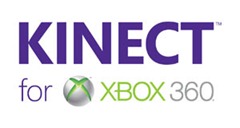Over the past several months, I have been subjected to several news reports about the Microsoft Surface Duo 2, the ‘lost’ Microsoft Windows Version S operating, the new Surface devices, and quite happily, the magnificent Windows 11.
I also use the iPad as a tablet. Daily.
What does that have to do with anything?
Plenty.
While the Surface line really shows off their hybrid chops, they aren’t touch-first devices like the iPad is.
Resultantly, they cannot be used as pure tablets, and that’s a darned shame! Because, into this breech steps the iPad, which is a very good media consumption device. Only.
Which does everything well in that realm, as long as you desire to live in Apple’s walled garden.
I don’t.
I don’t want anything Android either. Ever!
I just want a Microsoft touch-first, preferably windows-based operating system for all my Surface tablets.
So that I can ditch the keyboard and the mouse.
That can’t too much to ask now, can it?
© 2002 – 2018, John Obeto for Blackground Media Unlimited









